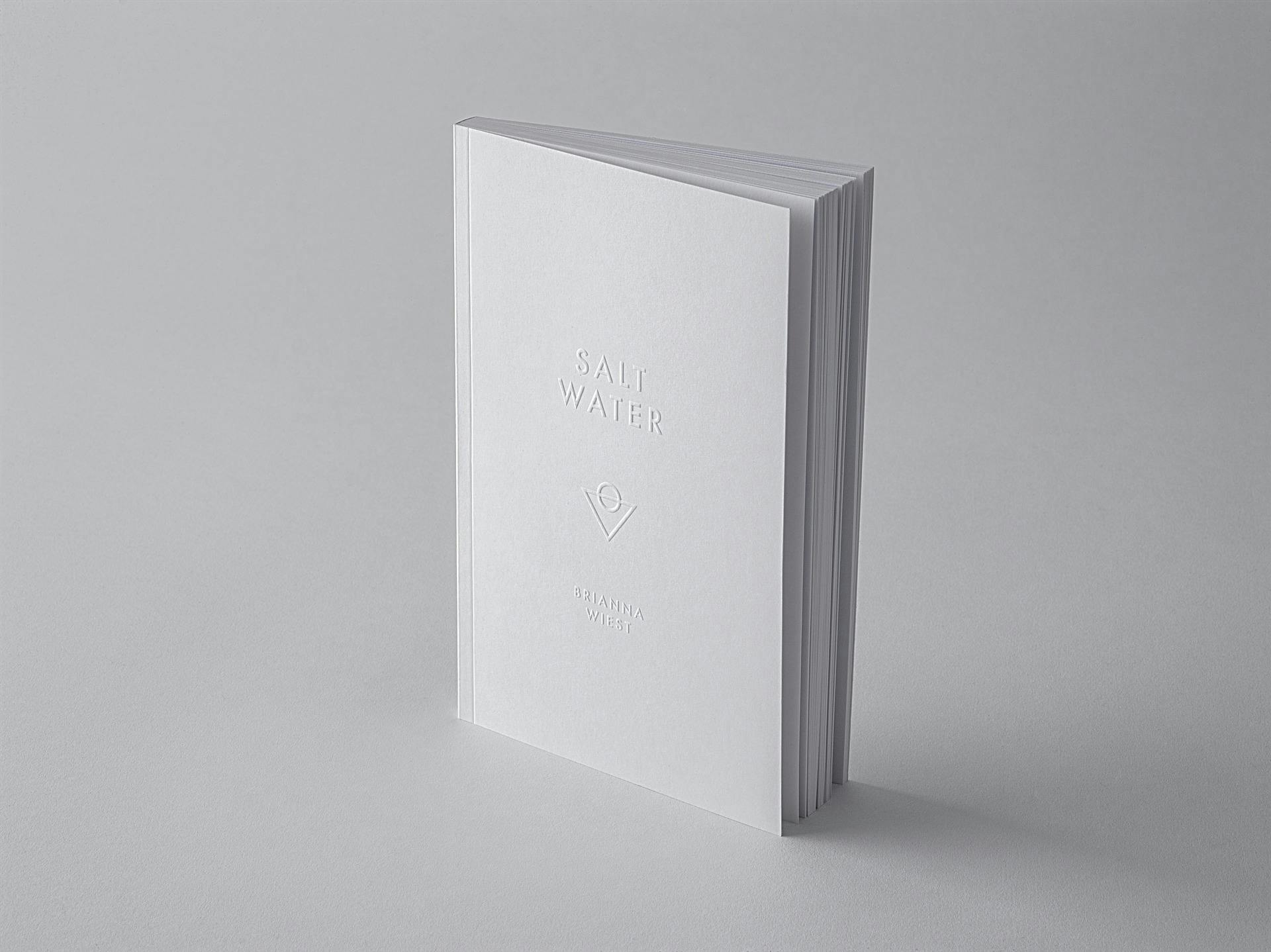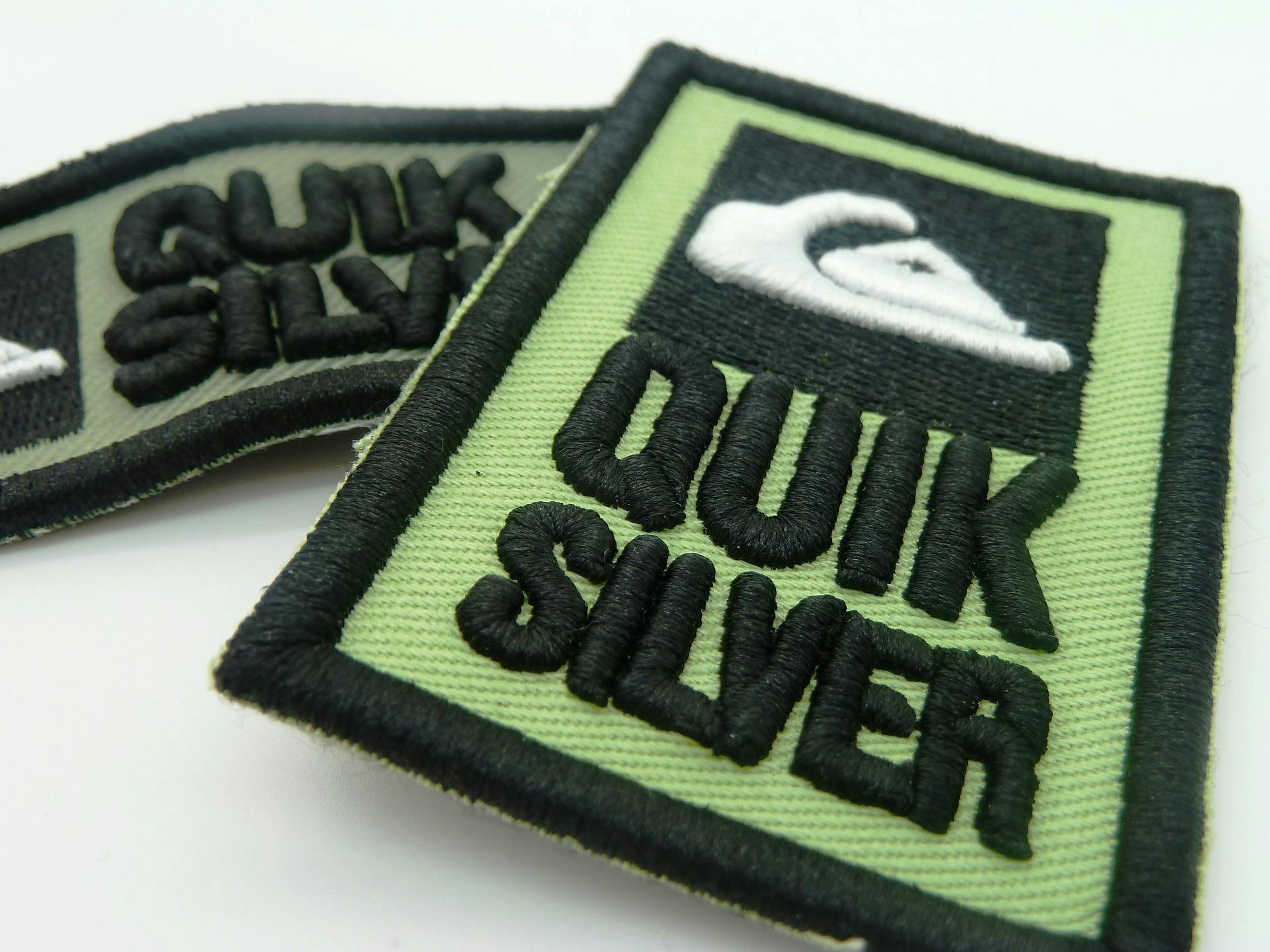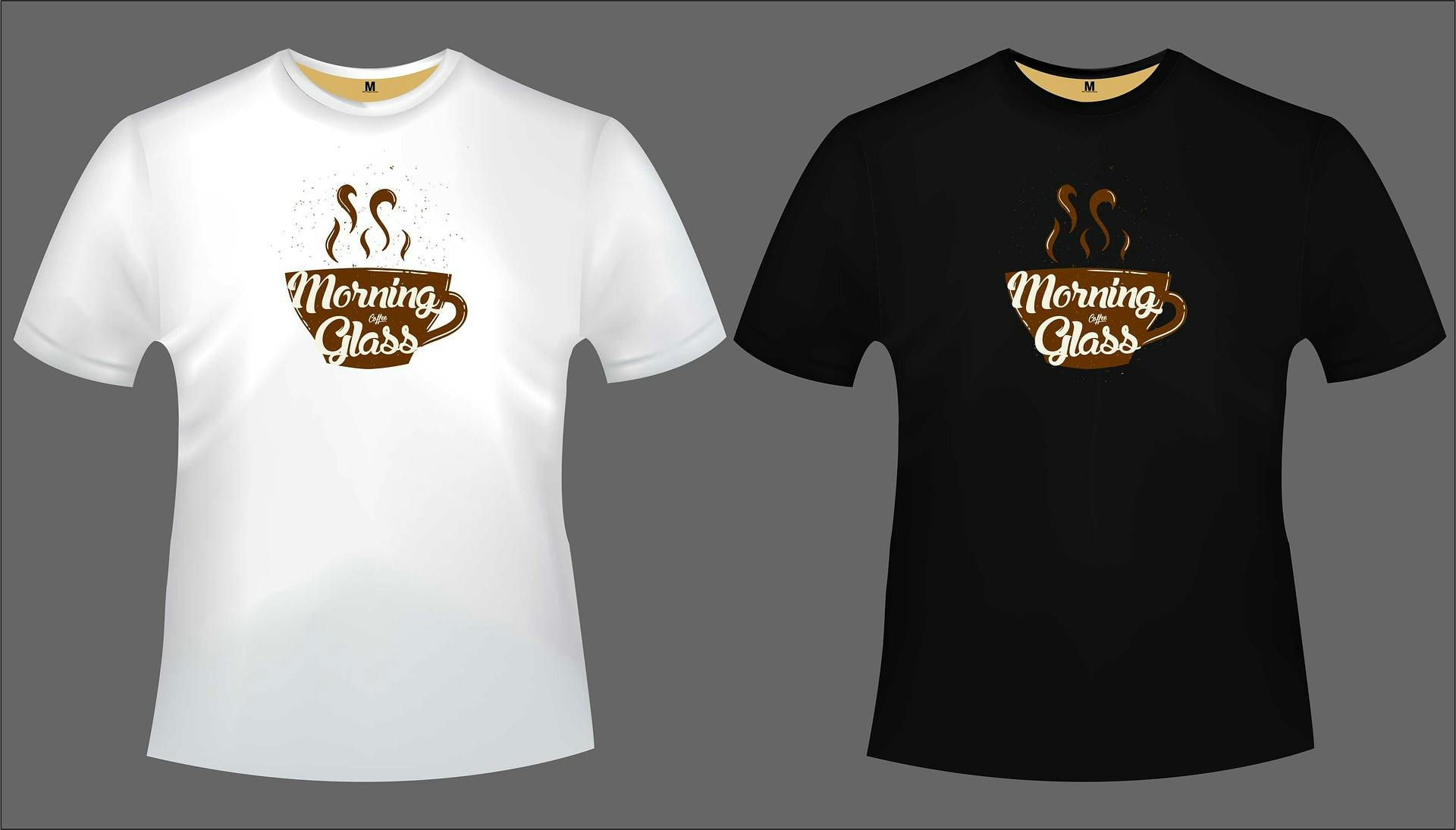When it comes to decorating apparel, there are eight common techniques which encompass most of the designs you’ll come across. These are debossing/embossing, direct-to-garment printing, dye sublimation, embroidery, heat transfer, laser etching, pad printing, and screen printing. When choosing which decoration technique you want to use, it’s important to consider both what material your apparel is made of and the shape of the apparel. Some techniques work better on certain materials than others, and other techniques require a flat or large surface.
Deboss & Emboss

Debossing and embossing are two sides of the same coin. If one area of a design is debossed, then the other is embossed, and vice versa. Debossed areas are pressed into the material using pressure, temperature and time. If the main features of your logo, such as your business name are pressed into the material, then we would say that your logo is debossed. On the other hand, embossed areas are those which remain “unpressed” within the scope of the debossed area. For example, if your logo is in a circle, and that circle is pressed into the material leaving your business name unpressed, then your logo would be considered embossed.
When it comes to debossing and embossing there’s also another aspect to consider: puff, or backing. Cotton, fleece, and polar fleece fabrics will require puff to keep your logo intact. Polyester, leather, and pleather fabrics don’t need puff, but it will make your design stand out more. If you’re already familiar with embroidery, puff for debossing and embossing works in a similar way to embroidery backing.
Direct-to-Garment Printing
Direct-to-garment (DTG) printing is a form of printing by which the ink is injected directly into the fabric and soaked up by the fibers. Using this method, designs can be as colorful as you want. This is the main difference between DTG printing and screen printing, which many people are familiar with. DTG printing can be less expensive than screen printing for more complex designs, but screen printing is often the better option when large quantities are required.
Dye Sublimation
Dye sublimation is a fairly unique decoration style. Your design is first printed onto a special type of paper, and then is pressed from the paper onto the apparel using heat and pressure — just like heat transfer decorating. However, the main difference between the two is that with dye sublimation, the dye on the paper turns into a gas and is absorbed by the fibers of the material it is being pressed into.
Embroidery

As many people know, embroidery is sewn, not printed — however, the aesthetic of embroidery can be replicated with some of the other decoration styles. What can’t be replicated is the fact that embroidery has a 3D texture on account of the thread used to create it. Once the design has been sewn onto the apparel, the excess backing is trimmed away and the design is ironed to give it a finished look.
Embroidery is a great choice if you want your apparel to have an even more professional look. Along with embossing/debossing and etching, these non-print decoration styles are often viewed as being higher quality than many print options.
Heat Transfer
Heat transfer decoration is a popular choice because it’s the most eco-friendly option available. Your design is first printed onto a wax-like paper and then pressed onto the material using heat. And while heat transfer works best for small designs, it’s also extremely versatile. Designs can incorporate many colors without issue, and metallic or glossy finishes are also available.
Laser Etching
Laser etching is often viewed as the pinnacle of apparel decoration, so you’d probably be surprised by how affordable it can actually be. This form of apparel decoration requires one-color designs, which means your design utilizes a single color alongside negative space. However, since this is etching, not printing, no color is actually added to the apparel. Instead, the design is burned into the top layer of the apparel.
Flat space is a requirement for laser etching apparel, which can be a limiting factor in some cases. It also works best on fleece, denim, performance fabrics, pleather, and suedes. If you have a design and apparel which meets these requirements, laser etching can bring it to the next level.
Pad Printing
Pad printing uses etched pads which pick up the ink and press it onto the fabric of your apparel. What makes this decoration style stand out from most other print styles is that it’s great for printing in unique locations, such as sleeves, collars, and neck labels. Pad printing is ideal for apparel which needs that extra bit of flair.
Screen Printing

When most people think of printing on apparel, they likely think of screen or DTG printing. Screen printing is the industry standard when it comes to apparel designs with minimal colors, and it works best for one-color designs because of its low cost. With this decoration style, ink is pushed through a mesh stencil onto the fabric, and the ink sits on top of the fabric, as with pad printing. However, a new mesh screen is needed for each individual color, so the price can quickly increase if your design is too complex. Not only do these new screens need to be created, but they also must be swapped out which takes time.
Conclusion
There are probably more apparel decoration techniques than you initially realized. Direct-to-garment printing, dye sublimation, heat transfer, pad printing, and screen printing are the five major print styles used. There are also three non-print styles in embossing and debossing, embroidery, and laser etching. With all of these options to choose from, there’s something for every apparel item and design. The important things to keep in mind when choosing which one you want to use are the complexity and placement of your design, and the material your chosen apparel is made of.
Safeguard Premier Branding Solutions
Safeguard is your one-stop-shop for all things printing and branding. We work with suppliers from all around the world to give you a wide variety of high-quality products to choose from. We then brand your choice of product with your company logo, message, or other design using the technique of your choice. Contact your local Safeguard Premier Branding Solutions representative today for more information about our apparel decoration solutions.

